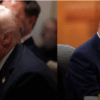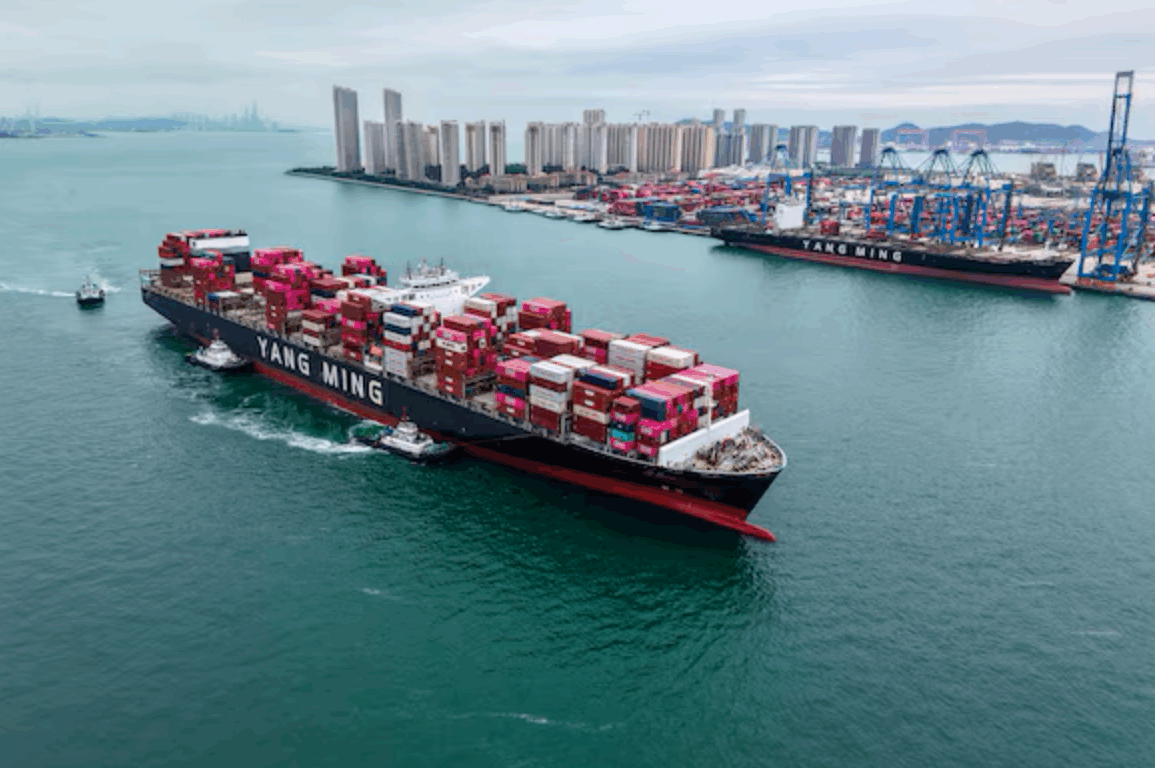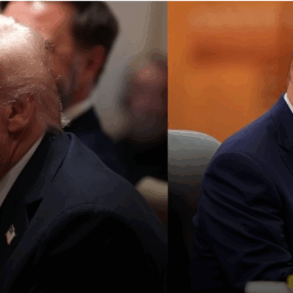On October 14, 2025, the United States and China began imposing additional port fees on ocean shipping companies, turning the high seas into a new battleground in their ongoing trade war. These fees target vessels carrying everything from holiday toys to crude oil, affecting global trade between the world’s two largest economies.
Background of the Conflict
The U.S. initiated these fees earlier in 2025 under President Donald Trump’s administration, aiming to weaken China’s dominance in the global maritime, logistics, and shipbuilding industries. An investigation during former President Joe Biden’s term found that China uses unfair policies to control these sectors, justifying the U.S. penalties. In response, China announced its own fees on U.S.-owned, operated, built, or flagged vessels, starting on the same day as the U.S. fees. However, China exempted its own ships and empty vessels entering its shipyards for repairs, as reported by state broadcaster CCTV. China’s fees apply at the first port of entry for a single voyage or the first five voyages in a year, with billing starting April 17.
Impact on Global Shipping
Analysts predict significant impacts, particularly for China’s state-owned container carrier COSCO, which could face nearly half of the $3.2 billion in costs expected from these fees in 2026. According to Jefferies analyst Omar Nokta, 13% of global crude tankers and 11% of container ships will be affected. Clarksons Research also noted that oil tankers representing 15% of global capacity could face these fees. Vortexa, a ship-tracking company, identified 45 very large gas carriers (VLGCs), or 11% of the global fleet, as subject to China’s fees.
A Shanghai-based trade consultant, speaking anonymously, suggested that while the fees may increase costs, they are unlikely to halt shipping entirely. Companies may pass these costs onto consumers through higher prices, as trade disruptions are already common. However, Athens-based Xclusiv Shipbrokers Inc. warned that this “tit-for-tat” approach could distort global freight flows, locking both nations into a cycle of maritime taxation.
Broader Trade Tensions
The port fees are part of a larger trade conflict. On October 10, 2025, Trump threatened 100% tariffs on Chinese goods and new export controls on critical software by November 1, in response to China’s restrictions on critical mineral exports. Additionally, U.S. officials warned that countries supporting a United Nations’ International Maritime Organization plan to reduce greenhouse gas emissions from shipping could face sanctions or port bans. China, a supporter of the plan, faces further pressure as the U.S. links trade and environmental policies. Xclusiv noted that shipping, once a neutral part of global commerce, is now a tool of political strategy.
China also imposed sanctions on five U.S.-linked subsidiaries of South Korean shipbuilder Hanwha Ocean, accusing them of aiding a U.S. probe into Chinese trade practices. Meanwhile, China launched its own investigation into the U.S. probe’s impact on its shipping and shipbuilding industries.
Industry Response
Despite the tensions, COSCO’s shares in Shanghai rose over 2% on October 14, 2025. The company announced a plan to buy back up to 1.5 billion yuan ($210.3 million) of its shares over the next three months to protect its value and shareholders. COSCO has not yet commented publicly on the port fees’ impact.
Conclusion
The new port fees mark a significant escalation in the U.S.-China trade war, with potential ripple effects across global shipping and consumer prices. As both nations use maritime policies to assert economic power, the industry faces increased costs and uncertainty. While trade continues, the growing use of shipping as a political tool signals a shift in how global commerce operates.








